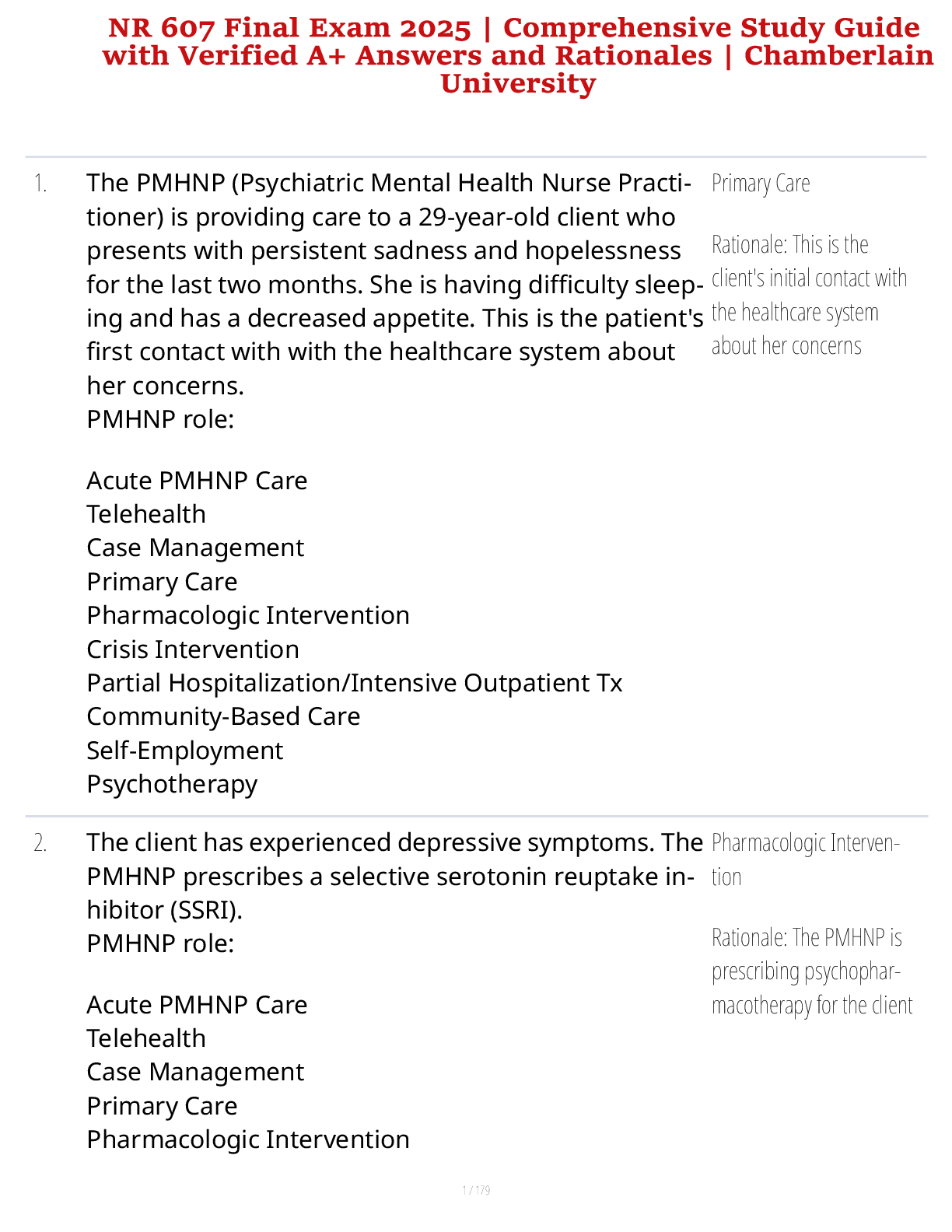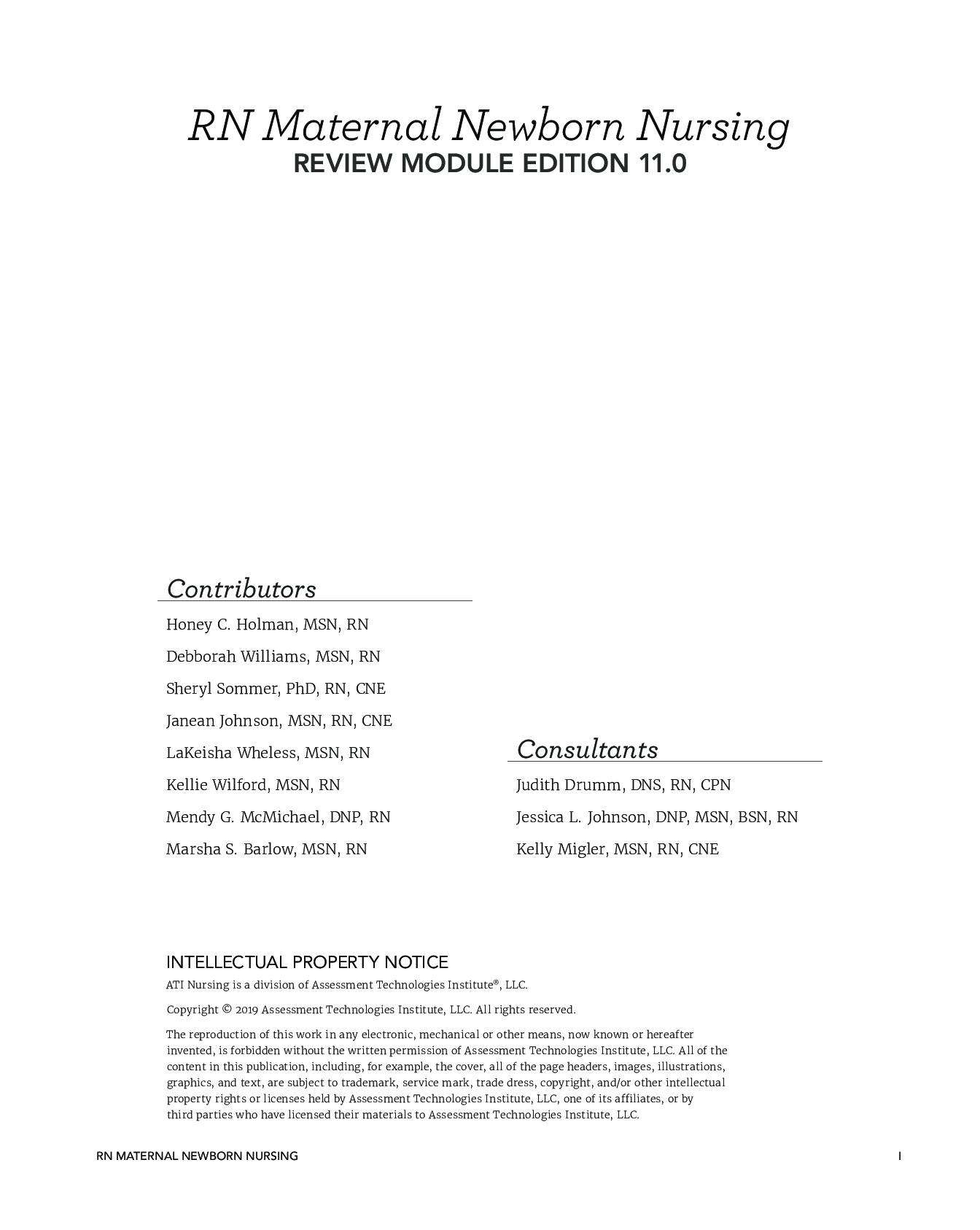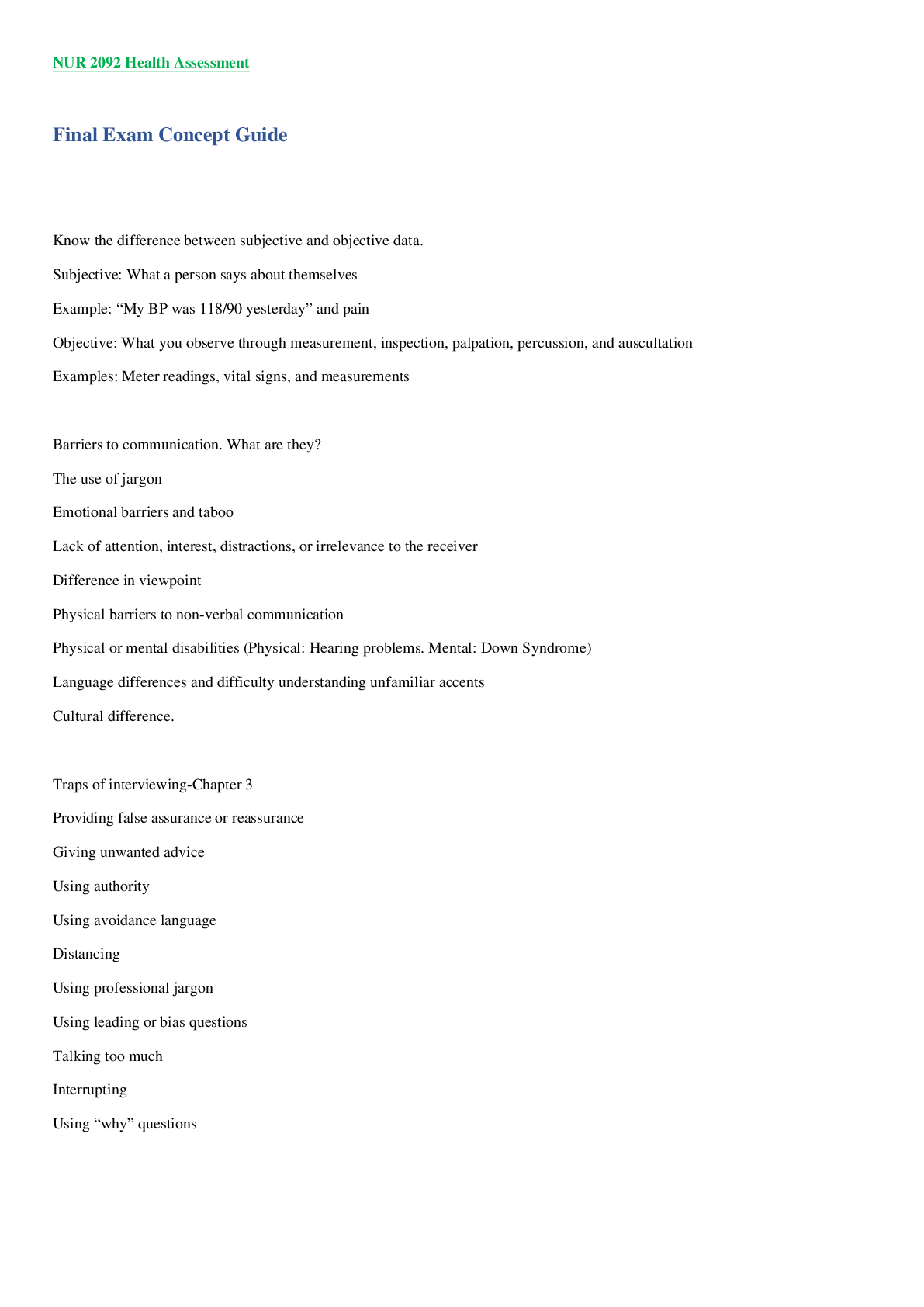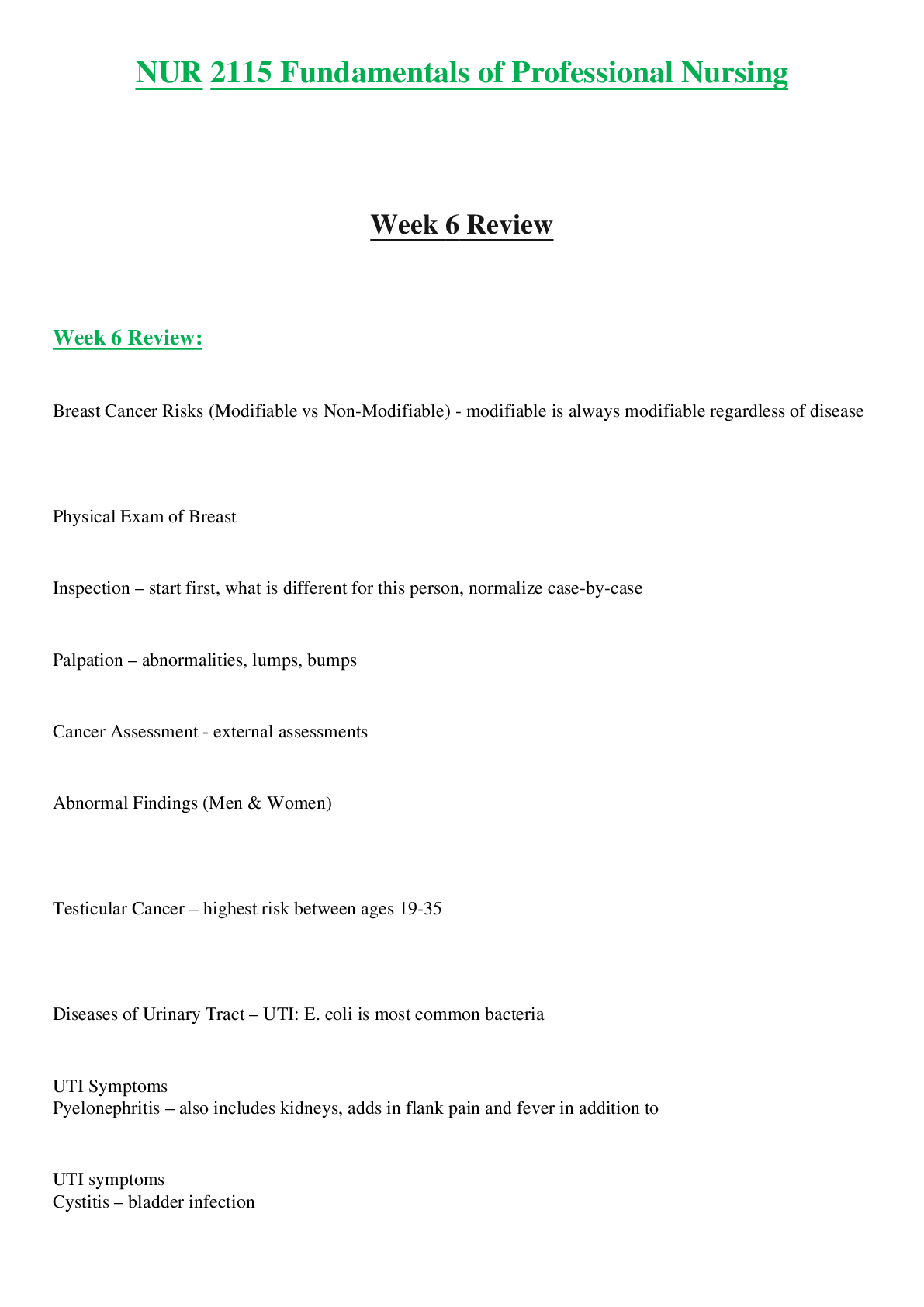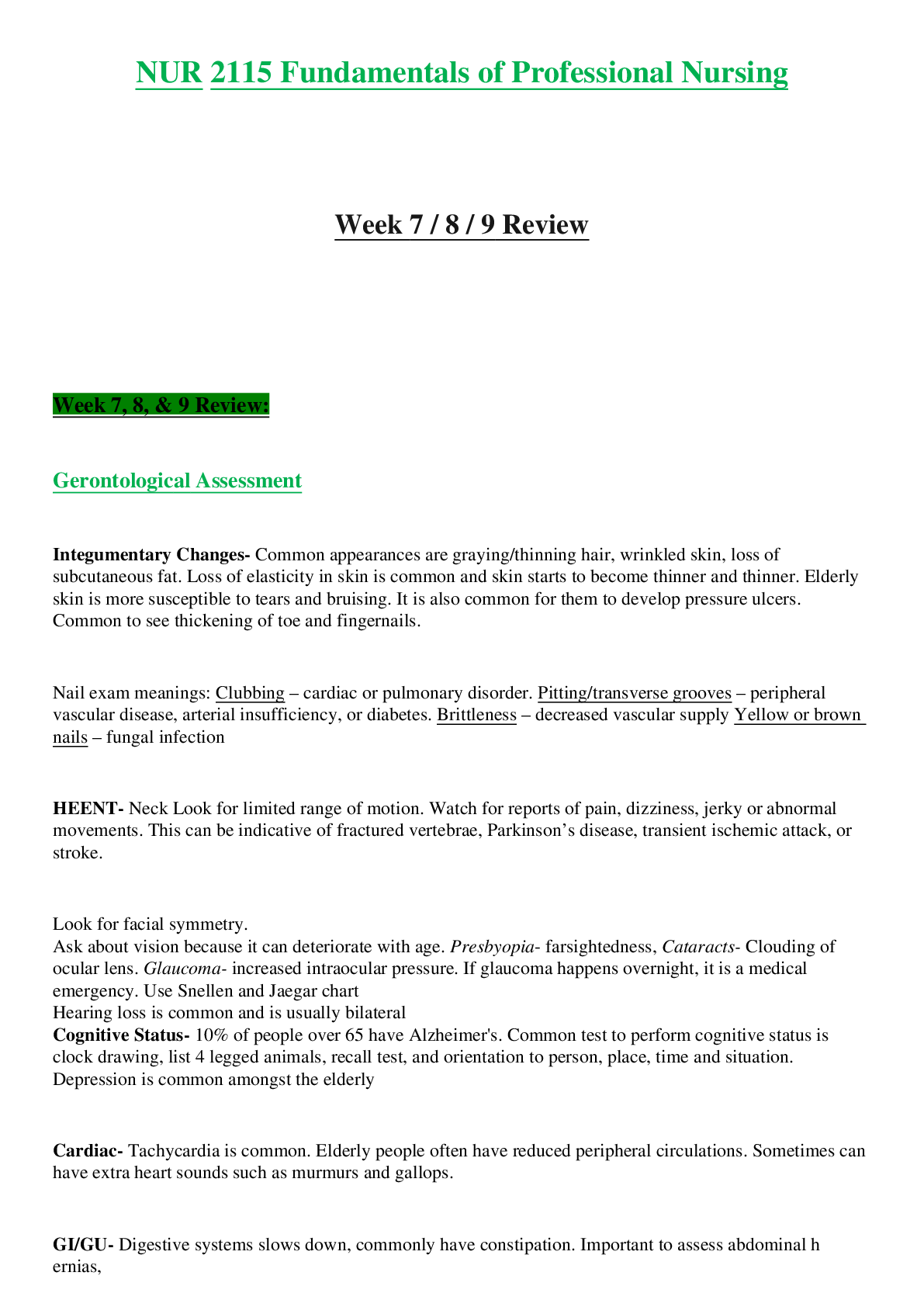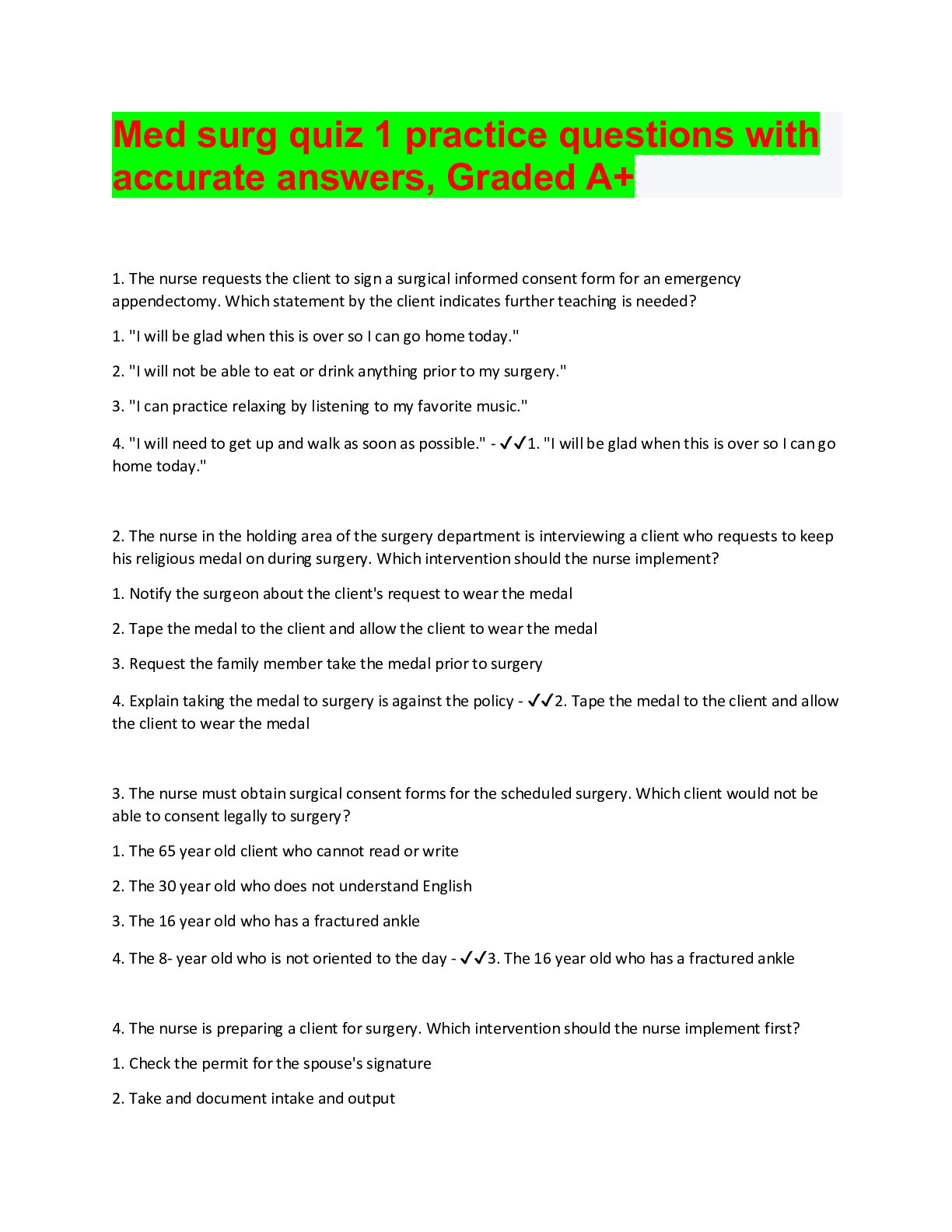
Med surg quiz 1 practice questions with accurate answers, Graded A+
$ 9
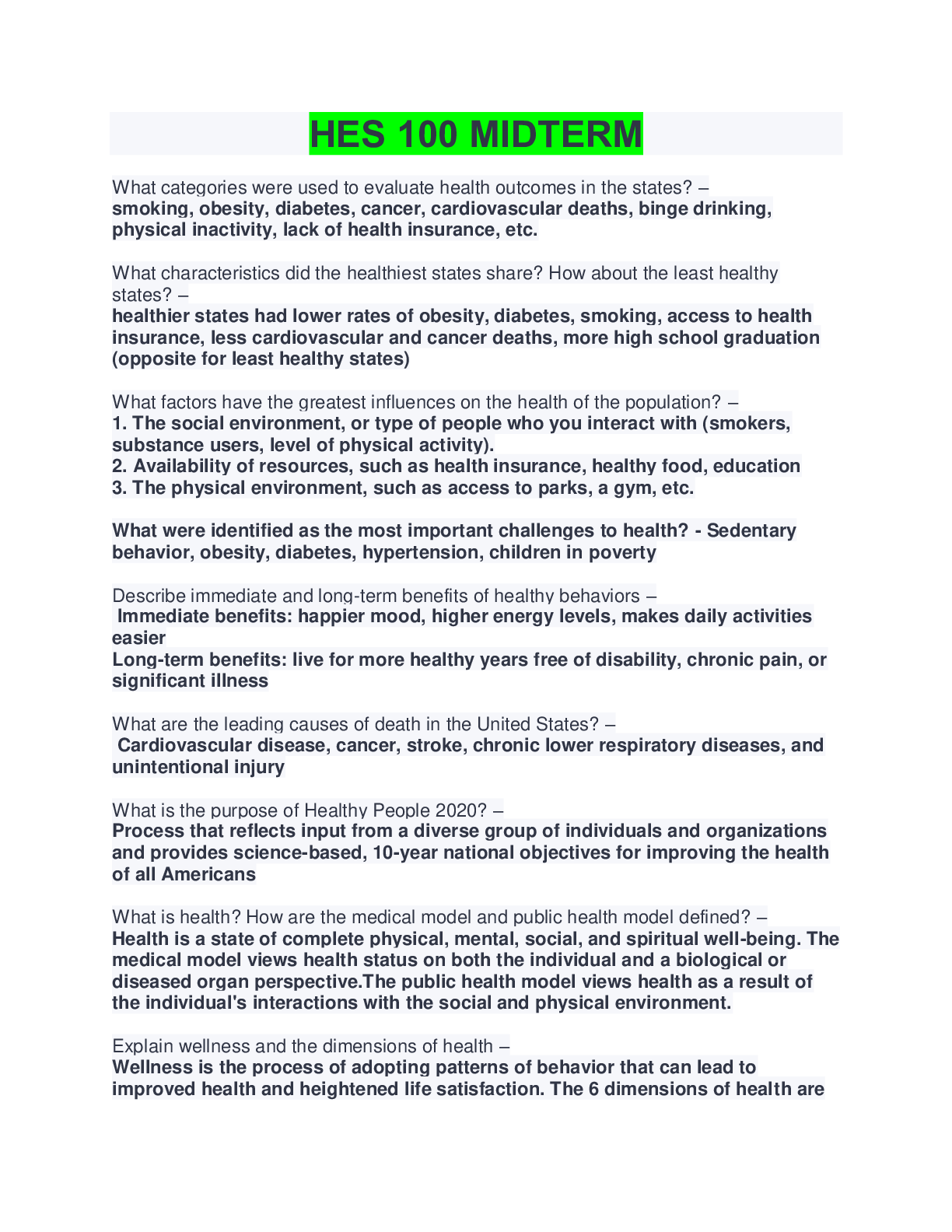
HES 100 MIDTERM QUESTIONS AND ANSWERS( 100% WITH CORRECT ANSWERS RATED A+)
$ 14

AQA GCSE English Language Paper 1: Explorations in creative reading and writing study guide 2020/21
$ 12

COS4861 101/0/2020 Natural Language Processing Year module
$ 7
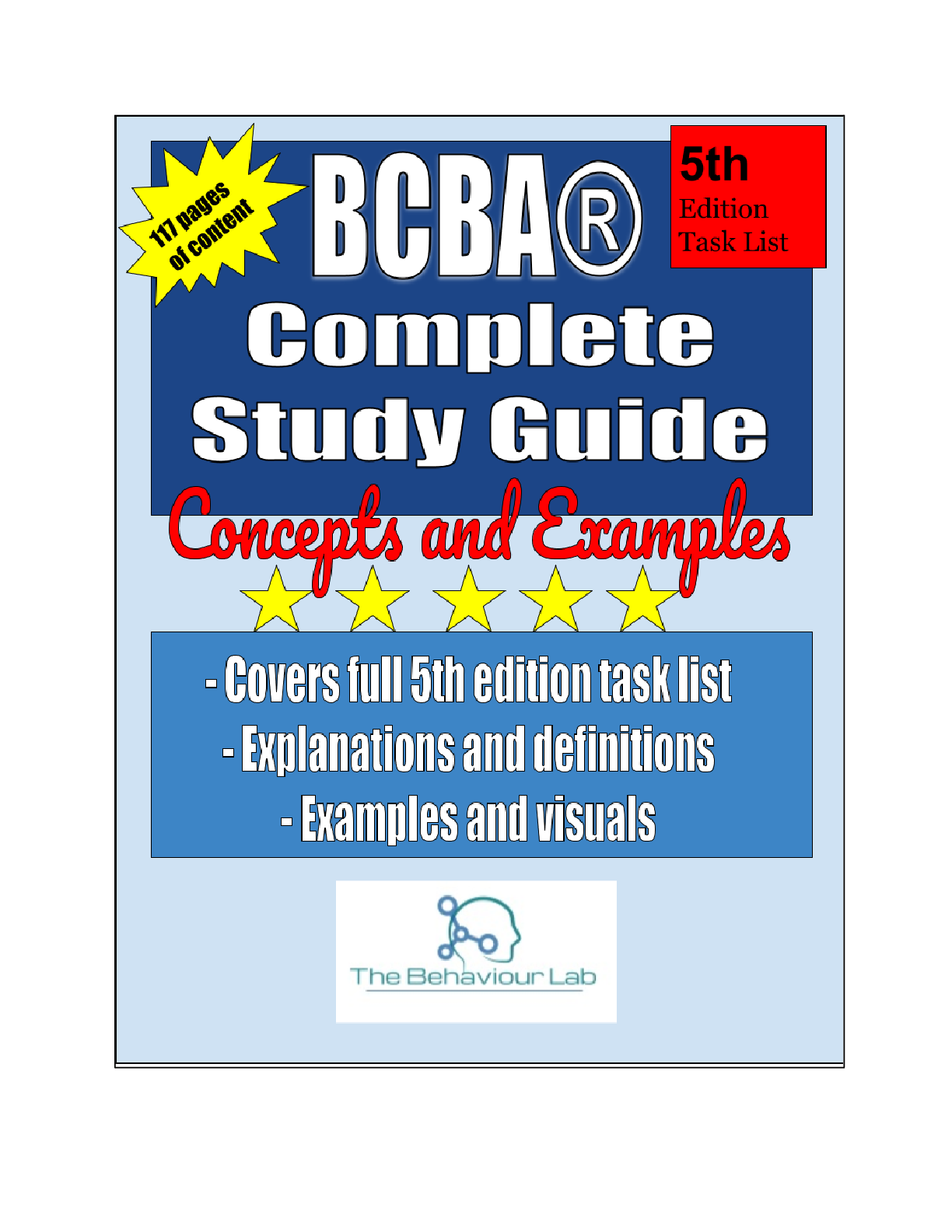
BCBA Exam Study Guide | 5th Edition Task List | BCBA Exam Complete Study Guide | BCBA Exam Study Guide | Explanation Guide | Definitions | Examples | Visuals
$ 25

Essay PSYC 255 Synthesis Paper - Liberty University.
$ 7

AQA A Level GCSE COMBINED SCIENCE: TRILOGY Higher Tier Physics Paper 1H QP






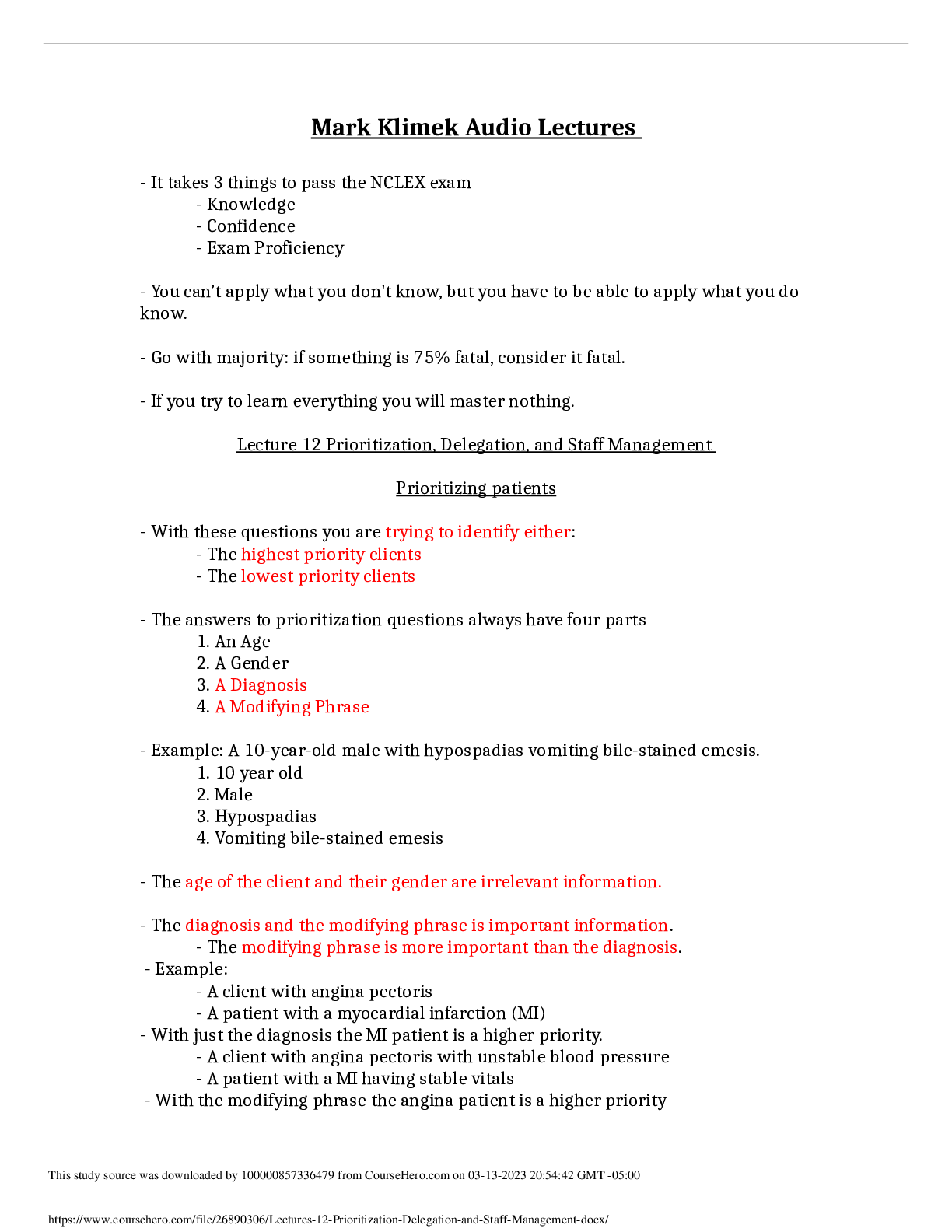



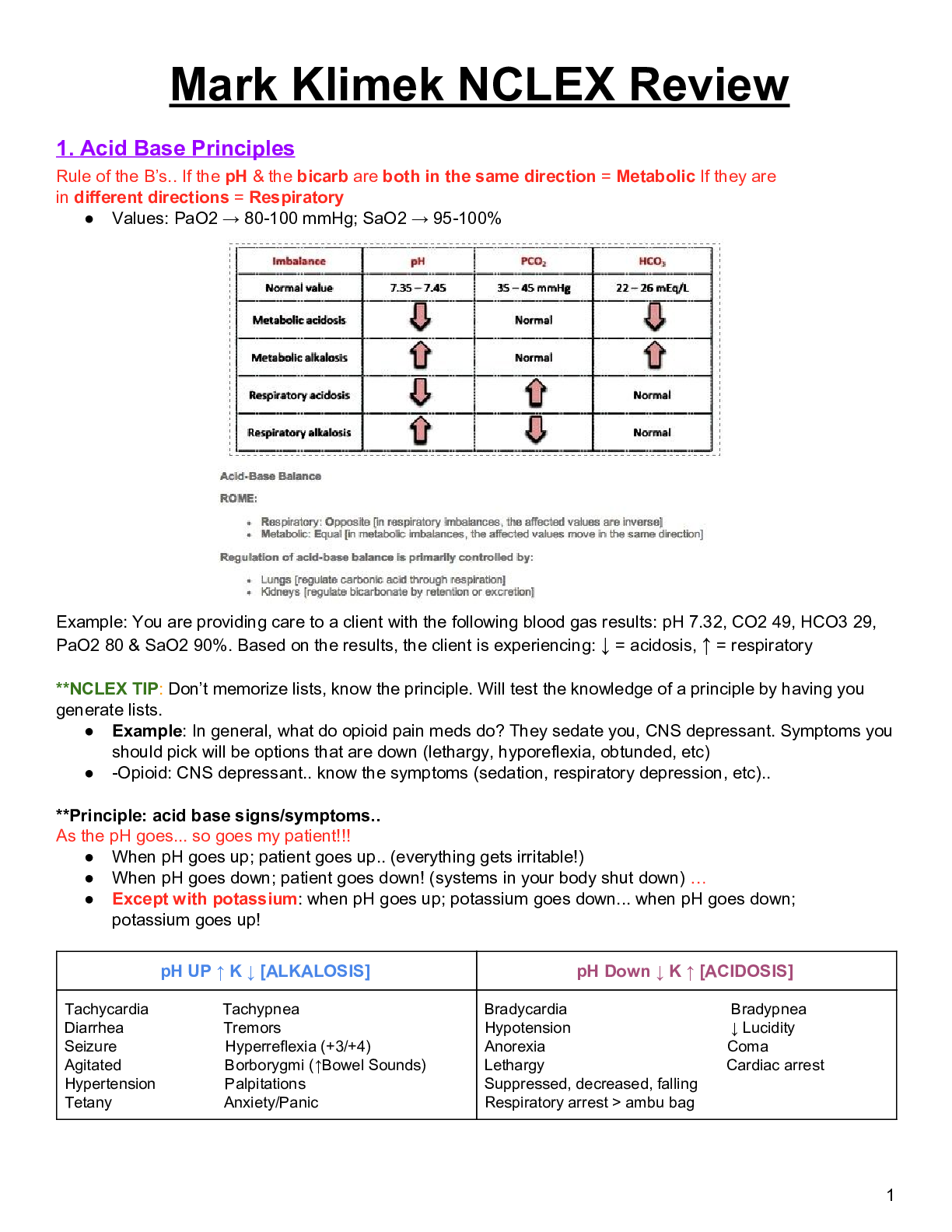
.png)



